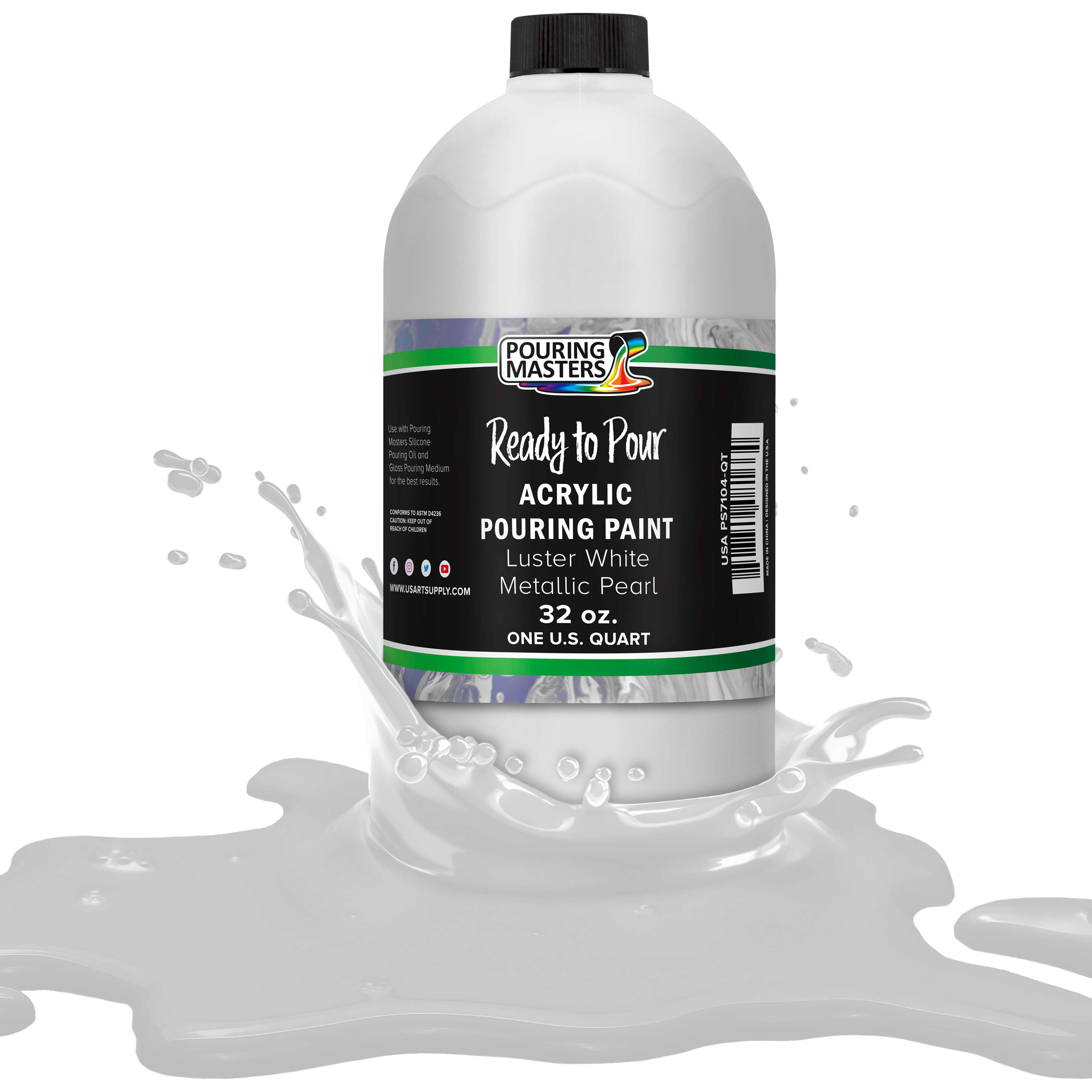
Hereof, what happens when an acid or base is added to the water Why does the beaker appear warm Why should we always add acid or base to the water and not water to the acid or base? However, when water is mixed with a base, it donates hydrogen ions and acts like an acid. When mixed with an acid, water accepts hydrogen ions and acts as a base. Likewise, how is water an acid and a base? Water can act as both an acid and a base in solution and undergoes autoionization where it can be both an acid and a base to itself. Let us consider the reaction between water and sodium hydroxide NaOH. Base when dissolved in water produces OH- ion.

In this regard, what happens when an acid or base is mixed with water?Īcids in water solution dissociates H+ ions. When an acidic solution is diluted with water the concentration of H + ions decreases and the pH of the solution increases towards 7. Water is mostly water molecules so adding water to an acid or base reduces the concentration of ions in the solution. Indicators are used in titration solutions to signal the completion of the acid-base reaction.Adding water to an acid or base will change its pH. Phenolphthalein colourless pink 9.4 8.2 - 10.0Ī Universal Indicator is a mixture of indicators which give a gradual change in colour over a wide pH range - the pH of a solution can be approximately identified when a few drops of universal indicator are mixed with the solution. Thymol Blue - 2 nd change yellow blue 8.9 8.0 - 9.6 Thymol Blue - 1 st change red yellow 1.5 1.2 - 2.8īromocresol Green yellow blue 4.7 3.8 - 5.4īromothymol Blue yellow blue 7.0 6.0 - 7.6 For most indicators the range is within ☑ of the p K ln value: - please see the table below for examples, to the right is a model of the acid form of each indicator - with the colour of the solution at the turning point. An indicator is most effective if the colour change is distinct and over a low pH range. Therefore the intensity of the colour of In - increases.

As the pH increases - the intensity of the colour of HIn decreases and the equilibrium is pushed to the right. The pH of the solution at its turning point is called the p K ln and is the pH at which half of the indicator is in its acid form and the other half in the form of its conjugate base.Īt a low pH, a weak acid indicator is almost entirely in the HIn form, the colour of which predominates. The colour of the indicator turns from colour A to colour B or vice versa at its turning point. K ln is known as the indicator dissociation constant. We can apply equilibrium law to indicator equilibria - in general for a weak acid indicator: However, under alkaline conditions, the equilibrium is to the right, and the concentration of the anion becomes sufficient for the pink colour to be observed. Under acidic conditions, the equilibrium is to the left,and the concentration of the anions is too low for the pink colour to be observed. Phenolphthalein is a colourless, weak acid which dissociates in water forming pink anions. Phenolphthalein is an example of an indicator which establishes this type of equilibrium in aqueous solution: At high pH values, the concentration of H 3O + is low - the equilibrium position thus lies to the right and the equilibrium solution has colour B.

The equilibrium solution has the colour A. At low pH values the concentration of H 3O + is high and so the equilibrium position lies to the left. The acid and its conjugate base have different colours. At equilibrium, the following equilibrium equation is established with its conjugate base: They are usually weak acids or bases, which when dissolved in water dissociate slightly and form ions.Ĭonsider an indicator which is a weak acid, with the formula HIn. Acid - Base indicators (also known as pH indicators) are substances which change colour with pH.


 0 kommentar(er)
0 kommentar(er)
